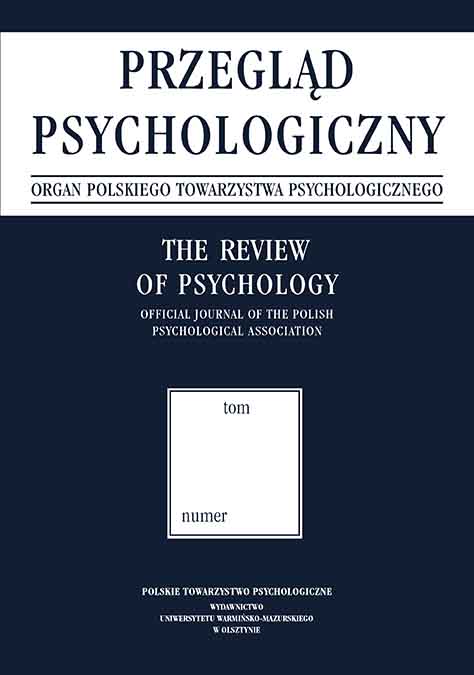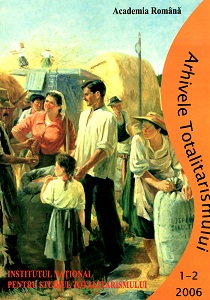
Using smart people to build smarter:
Using smart people to build smarter:
Keywords: human capital; e-governance; statistics;
Smart cities have been heralded as new powerhouses of economic growth and their capacity to fill this promise strongly depends on how attractive they are to highly skilled people. In fact, talented professionals can be regarded as their precondition and the fuel of innovation. In this article, we try to articulate how outstanding smart cities have managed to consolidate and retain a highly skilled graduate workforce. To this end, we analyse recent institutional developments in the cities with smart ambitions that achieve the highest smartness scores and compare them to parallel developments in those that obtain the lowest scores or no score across four countries: Belgium, Denmark, the Netherlands and Poland. Taking from theories of economics of agglomeration and urban economics, and following a careful review of the relevant literature, we first highlight reasons that draw highly skilled workers to a smart city before identifying the cities which have proven most able to capitalise on them. In line with existing theories, this article finds that cities which enjoy greater administrative autonomy tend to successfully use this leeway to implement pro-growth policies and amplify them via a regulatory setting that itself encourages business development. Hence, our conclusion provides recommendations towards a pathway of reforms for smart cities willing to authorise more comprehensive policies in order to boost their attractiveness as locations of employment and reach their stated objectives.
More...



